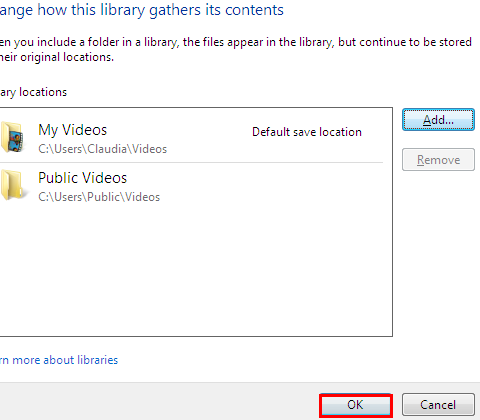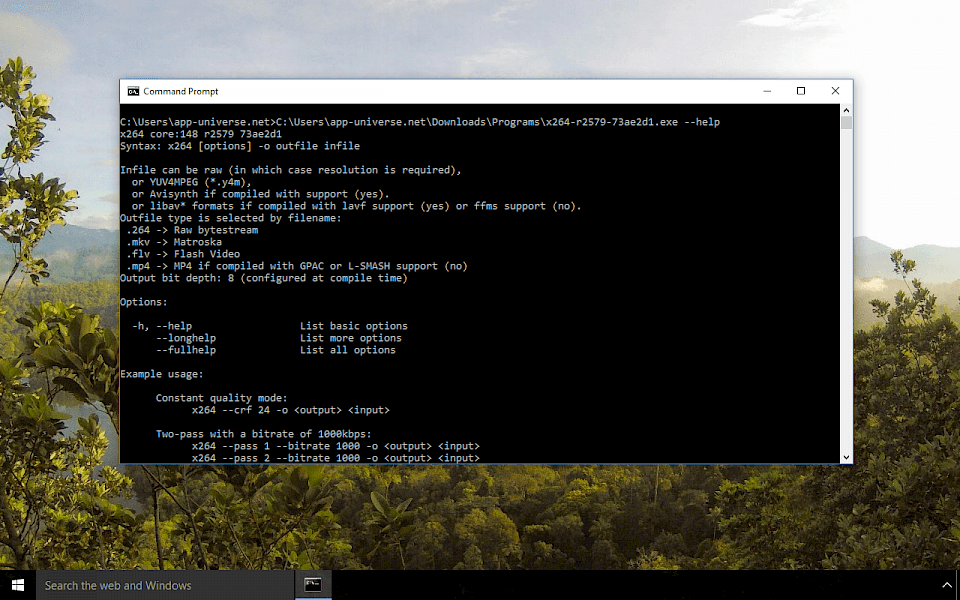

The conclusion was H.264 for videos with a few thousand views or less, VP9 for videos with around 3,500 views and higher, transitioning to AV1 for videos with view counts in the mid-millions. In a recent post, I explored which codecs YouTube used for videos ranging from a few hundred views to a few million. This post identifies the H.264 versions also created by YouTube for devices incompatible with VP9/AVp and larger videos.

The OS will support 4K resolutions on PCs with screen sizes of 8 inches or higher, and on small-screen tablets and smartphones with screen sizes of 6 inches and higher, according to a slide from the presentation.YouTube encodes some videos using the AV1 and VP9 codecs. It may take many years for 8K to become practical, so meanwhile Microsoft has prepared Windows 10 for 4K. Graphics card makers Nvidia and AMD support 4K at acceptable frame-per-second rates and are also working to support 8K. But PCs would need beefy hardware, and native Windows 10 support could encourage the development of advanced hardware. Windows has always been a strong gaming and multimedia platform, and when 8K does come out, enthusiasts like gamers won’t have to wait for a new OS to support that resolution. TV makers have already proposed a new SuperMHL connector for 8K video, and the Video Electronics Standards Association (VESA) has proposed the Embedded DisplayPort (eDP) 1.4a standard to support 8K in laptops, mobile devices and PCs. PC makers may also come out with 8K all-in-ones in the future. Support for 8K will be built in to Windows 10 for PCs, and 8K monitors will need to be attached to display ports. 8K displays will show images at a 7680 x 4320 resolution.


 0 kommentar(er)
0 kommentar(er)
